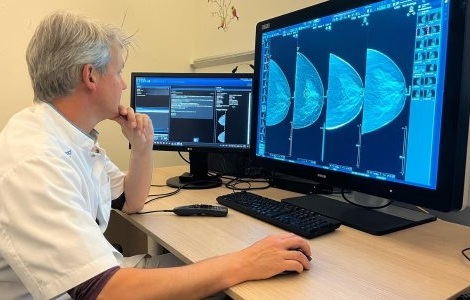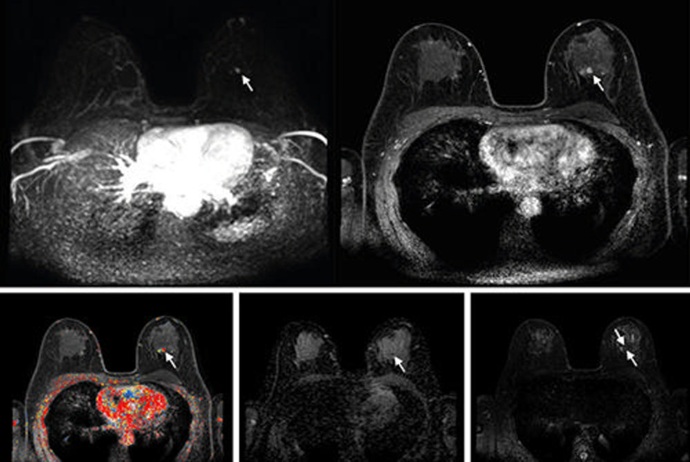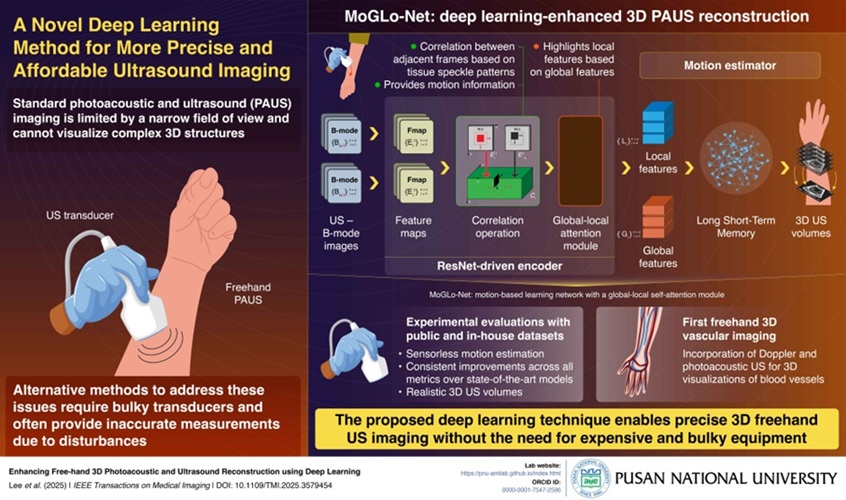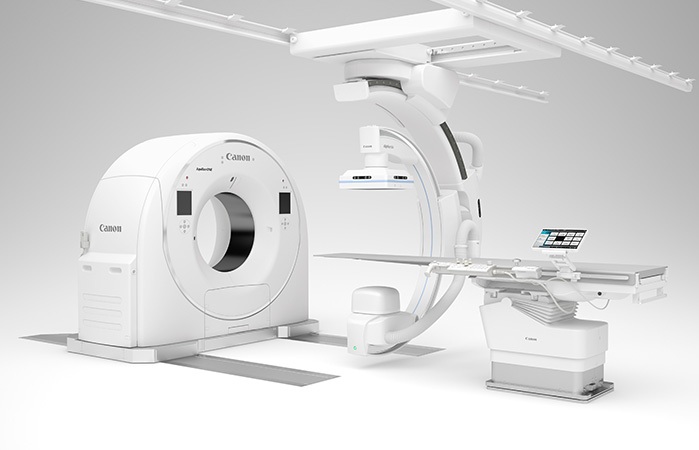New CyberKnife System Launched Globally
|
By MedImaging International staff writers Posted on 09 Jul 2020 |
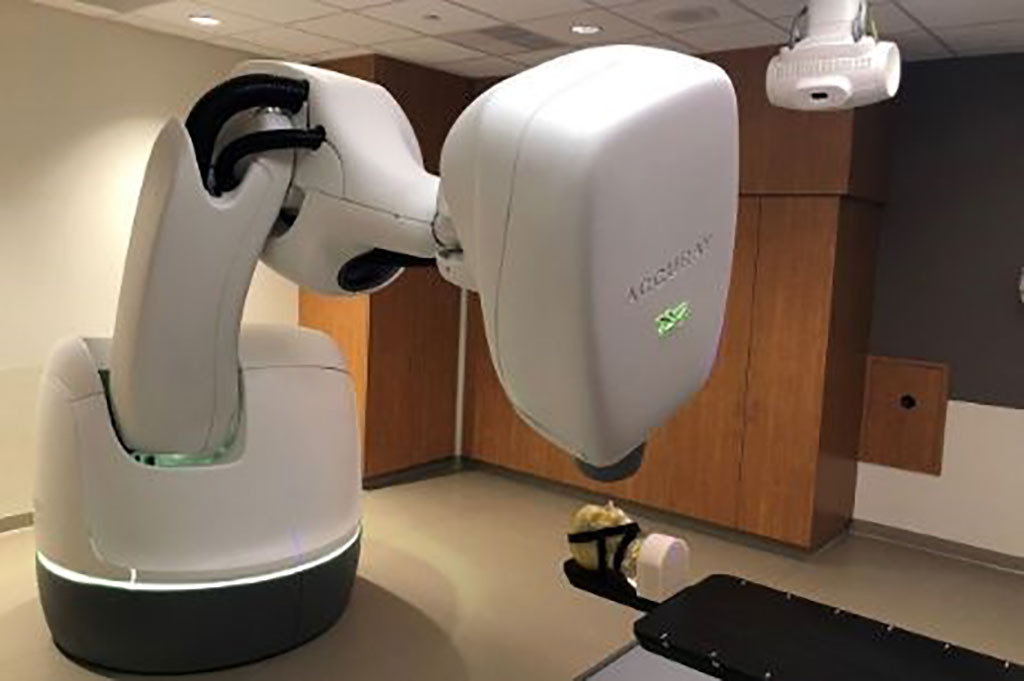
Image: The new Accuray CyberKnife S7 System (Photo courtesy of Geisinger Cancer Institute)
The next-generation of the CyberKnife platform, a robotic, non-invasive radiation therapy (RT) device, can treat cancerous and benign tumors throughout the body.
The Accuray (Sunnyvale, CA) CyberKnife S7 System combines speed, advanced precision, and real-time artificial intelligence (AI)-driven motion tracking and synchronization treatment for the delivery of all stereotactic radiosurgery (SRS) and stereotactic body radiation therapy (SBRT) treatments in as little as 15 minutes, Thanks advanced techniques that deliver sub-milimetric, hypo-fractionated RT, patients can receive very high doses of targeted radiation that is administered in a few days, versus conventional fractionation where treatments often require up to 35 visits.
Patient benefits include a shorter overall course of treatment and a major reduction in the risk of side effects due to patients shifting position, breathes or coughs, muscles that tense and relax, and fluids and gasses that displace internal organs. Since such movements can impact the location of the tumor target, The CyberKnife uses Synchrony motion synchronization technology that adapts radiation delivery in real-time to patient and/or tumor movement by using thousands of unique angles, expanding the possible positions from which radiation beams can be delivered.
“We are proud to be the first center in the world to treat patients with the CyberKnife S7 System, an advanced device that will expand the scope of tumors we can treat,” said Anand Mahadevan, MD, chairman of radiation oncology at the Geisinger Cancer Institute (Danville, PA, USA). “Knowing that the system will automatically adapt treatment delivery for patient or tumor movement gives us the confidence to use SRS and SBRT for intra- and extra-cranial disease sites throughout the body, providing meaningful benefits to our patients during and after treatment.”
“The CyberKnife system has continued to evolve since the first patient was treated more than 25 years ago, and it remains the ‘go to’ device for clinicians who want to confidently deliver precise and accurate stereotactic treatments on a day-in, day-out basis,” said Joshua Levine, president and CEO of Accuray. “With the introduction of the CyberKnife S7 System, Accuray is continuing its legacy of innovation. We believe this new system will make it easier for Geisinger clinicians to successfully deliver SRS and SBRT and achieve their patient-first treatment objectives, a priority for their team and ours.”
SBRT is emerging as an attractive option for treating cancers in the lung, head and neck, prostate, liver and other disease sites, with the objective of increasing local control of the target lesion while limiting dose to nearby critical structures and normal tissue. Requirements include precise localization of the target lesion in the treatment planning process; accounting for tumor motion due to respiration or other changes in the body; highly conformal dose distribution to the target volume, including a steep dose gradient to minimize radiation to surrounding healthy tissue; and image-guidance at the time of dose delivery for verification and adjustment of the target localization.
The Accuray (Sunnyvale, CA) CyberKnife S7 System combines speed, advanced precision, and real-time artificial intelligence (AI)-driven motion tracking and synchronization treatment for the delivery of all stereotactic radiosurgery (SRS) and stereotactic body radiation therapy (SBRT) treatments in as little as 15 minutes, Thanks advanced techniques that deliver sub-milimetric, hypo-fractionated RT, patients can receive very high doses of targeted radiation that is administered in a few days, versus conventional fractionation where treatments often require up to 35 visits.
Patient benefits include a shorter overall course of treatment and a major reduction in the risk of side effects due to patients shifting position, breathes or coughs, muscles that tense and relax, and fluids and gasses that displace internal organs. Since such movements can impact the location of the tumor target, The CyberKnife uses Synchrony motion synchronization technology that adapts radiation delivery in real-time to patient and/or tumor movement by using thousands of unique angles, expanding the possible positions from which radiation beams can be delivered.
“We are proud to be the first center in the world to treat patients with the CyberKnife S7 System, an advanced device that will expand the scope of tumors we can treat,” said Anand Mahadevan, MD, chairman of radiation oncology at the Geisinger Cancer Institute (Danville, PA, USA). “Knowing that the system will automatically adapt treatment delivery for patient or tumor movement gives us the confidence to use SRS and SBRT for intra- and extra-cranial disease sites throughout the body, providing meaningful benefits to our patients during and after treatment.”
“The CyberKnife system has continued to evolve since the first patient was treated more than 25 years ago, and it remains the ‘go to’ device for clinicians who want to confidently deliver precise and accurate stereotactic treatments on a day-in, day-out basis,” said Joshua Levine, president and CEO of Accuray. “With the introduction of the CyberKnife S7 System, Accuray is continuing its legacy of innovation. We believe this new system will make it easier for Geisinger clinicians to successfully deliver SRS and SBRT and achieve their patient-first treatment objectives, a priority for their team and ours.”
SBRT is emerging as an attractive option for treating cancers in the lung, head and neck, prostate, liver and other disease sites, with the objective of increasing local control of the target lesion while limiting dose to nearby critical structures and normal tissue. Requirements include precise localization of the target lesion in the treatment planning process; accounting for tumor motion due to respiration or other changes in the body; highly conformal dose distribution to the target volume, including a steep dose gradient to minimize radiation to surrounding healthy tissue; and image-guidance at the time of dose delivery for verification and adjustment of the target localization.
Latest Nuclear Medicine News
- New Imaging Solution Improves Survival for Patients with Recurring Prostate Cancer
- PET Tracer Enables Same-Day Imaging of Triple-Negative Breast and Urothelial Cancers
- New Camera Sees Inside Human Body for Enhanced Scanning and Diagnosis
- Novel Bacteria-Specific PET Imaging Approach Detects Hard-To-Diagnose Lung Infections
- New Imaging Approach Could Reduce Need for Biopsies to Monitor Prostate Cancer
- Novel Radiolabeled Antibody Improves Diagnosis and Treatment of Solid Tumors
- Novel PET Imaging Approach Offers Never-Before-Seen View of Neuroinflammation
- Novel Radiotracer Identifies Biomarker for Triple-Negative Breast Cancer
- Innovative PET Imaging Technique to Help Diagnose Neurodegeneration
- New Molecular Imaging Test to Improve Lung Cancer Diagnosis
- Novel PET Technique Visualizes Spinal Cord Injuries to Predict Recovery
- Next-Gen Tau Radiotracers Outperform FDA-Approved Imaging Agents in Detecting Alzheimer’s
- Breakthrough Method Detects Inflammation in Body Using PET Imaging
- Advanced Imaging Reveals Hidden Metastases in High-Risk Prostate Cancer Patients
- Combining Advanced Imaging Technologies Offers Breakthrough in Glioblastoma Treatment
- New Molecular Imaging Agent Accurately Identifies Crucial Cancer Biomarker
Channels
Radiography
view channel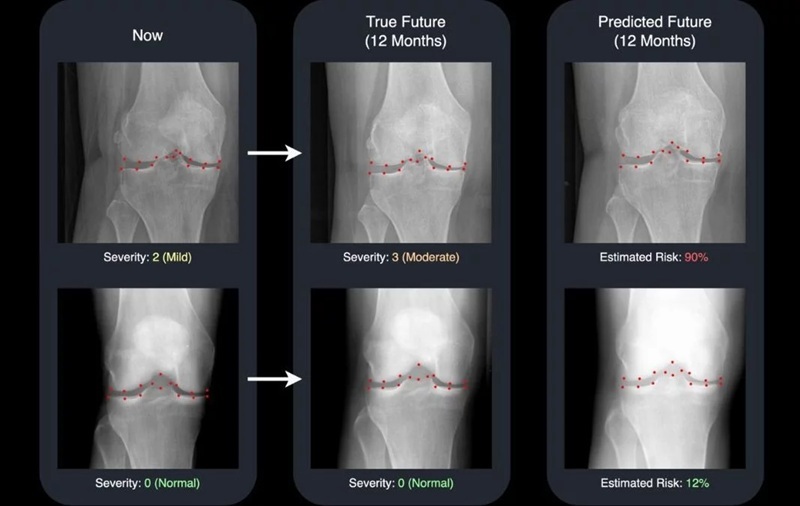
AI Generates Future Knee X-Rays to Predict Osteoarthritis Progression Risk
Osteoarthritis, a degenerative joint disease affecting over 500 million people worldwide, is the leading cause of disability among older adults. Current diagnostic tools allow doctors to assess damage... Read more
AI Algorithm Uses Mammograms to Accurately Predict Cardiovascular Risk in Women
Cardiovascular disease remains the leading cause of death in women worldwide, responsible for about nine million deaths annually. Despite this burden, symptoms and risk factors are often under-recognized... Read moreMRI
view channel
AI-Assisted Model Enhances MRI Heart Scans
A cardiac MRI can reveal critical information about the heart’s function and any abnormalities, but traditional scans take 30 to 90 minutes and often suffer from poor image quality due to patient movement.... Read more
AI Model Outperforms Doctors at Identifying Patients Most At-Risk of Cardiac Arrest
Hypertrophic cardiomyopathy is one of the most common inherited heart conditions and a leading cause of sudden cardiac death in young individuals and athletes. While many patients live normal lives, some... Read moreUltrasound
view channel
Disposable Ultrasound Patch Performs Better Than Existing Devices
Wearable ultrasound devices are widely used in diagnostics, rehabilitation monitoring, and telemedicine, yet most existing models rely on lead-based piezoelectric ceramics that pose health and environmental risks.... Read more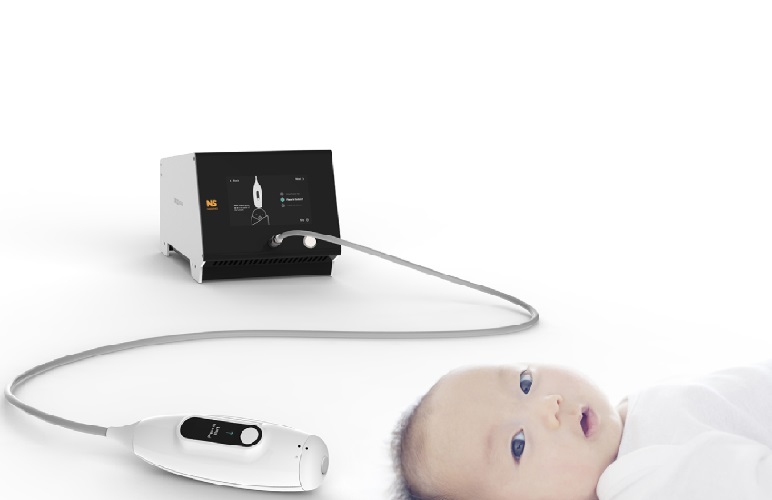
Non-Invasive Ultrasound-Based Tool Accurately Detects Infant Meningitis
Meningitis, an inflammation of the membranes surrounding the brain and spinal cord, can be fatal in infants if not diagnosed and treated early. Even when treated, it may leave lasting damage, such as cognitive... Read moreGeneral/Advanced Imaging
view channel
New Ultrasmall, Light-Sensitive Nanoparticles Could Serve as Contrast Agents
Medical imaging technologies face ongoing challenges in capturing accurate, detailed views of internal processes, especially in conditions like cancer, where tracking disease development and treatment... Read more
AI Algorithm Accurately Predicts Pancreatic Cancer Metastasis Using Routine CT Images
In pancreatic cancer, detecting whether the disease has spread to other organs is critical for determining whether surgery is appropriate. If metastasis is present, surgery is not recommended, yet current... Read moreImaging IT
view channel
New Google Cloud Medical Imaging Suite Makes Imaging Healthcare Data More Accessible
Medical imaging is a critical tool used to diagnose patients, and there are billions of medical images scanned globally each year. Imaging data accounts for about 90% of all healthcare data1 and, until... Read more
Global AI in Medical Diagnostics Market to Be Driven by Demand for Image Recognition in Radiology
The global artificial intelligence (AI) in medical diagnostics market is expanding with early disease detection being one of its key applications and image recognition becoming a compelling consumer proposition... Read moreIndustry News
view channel
GE HealthCare and NVIDIA Collaboration to Reimagine Diagnostic Imaging
GE HealthCare (Chicago, IL, USA) has entered into a collaboration with NVIDIA (Santa Clara, CA, USA), expanding the existing relationship between the two companies to focus on pioneering innovation in... Read more
Patient-Specific 3D-Printed Phantoms Transform CT Imaging
New research has highlighted how anatomically precise, patient-specific 3D-printed phantoms are proving to be scalable, cost-effective, and efficient tools in the development of new CT scan algorithms... Read more
Siemens and Sectra Collaborate on Enhancing Radiology Workflows
Siemens Healthineers (Forchheim, Germany) and Sectra (Linköping, Sweden) have entered into a collaboration aimed at enhancing radiologists' diagnostic capabilities and, in turn, improving patient care... Read more












